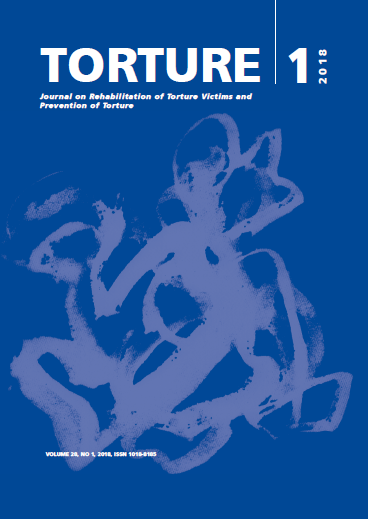Ill-treatment and torture in demonstrations and other noncustodial settings. How can academic research help in the discussion?
DOI:
https://doi.org/10.7146/torture.v28i1.105473Keywords:
Ill-treatment, torture, demonstrations, police, reasonable forceAbstract
The events in October 2017 in Catalonia exemplify the difficulty of establishing what ‘excessive use of force’ means. Images of violent repression of defenceless people of all ages waiting to vote accompany the Spanish government’s spokeswoman reiterating in the media that what the police force is doing is “proportional” and therefore allegedly acceptable. Can scientific research add to the debate on what is “proportional” and when an intervention in non-custodial settings enters into what is banned under the Convention against Torture and Other Cruel, Inhuman or Degrading Treatment or Punishment (‘CAT’)? This is not a minor issue. According to international databases, from an epidemiological point of view, torture happens mainly in prisons and police stations linked to marginalised populations. Ill-treatment and torture against political dissidents and protesters is less frequent, but widespread, affecting around 70% of countries across the world (Conrad, Haglund, & Moore, 2013).
Downloads
Published
How to Cite
Issue
Section
License
We accept that some authors (e.g. government employees in some countries) are unable to transfer copyright. The Creative Commons Licence Attribution-NonCommercial-NoDerivatives 4.0 International (CC BY-NC-ND 4.0) covers both the Torture Journal and the IRCT web site. The publisher will not put any limitation on the personal freedom of the author to use material contained in the paper in other works which may be published, provided that acknowledgement is made to the original place of publication.


